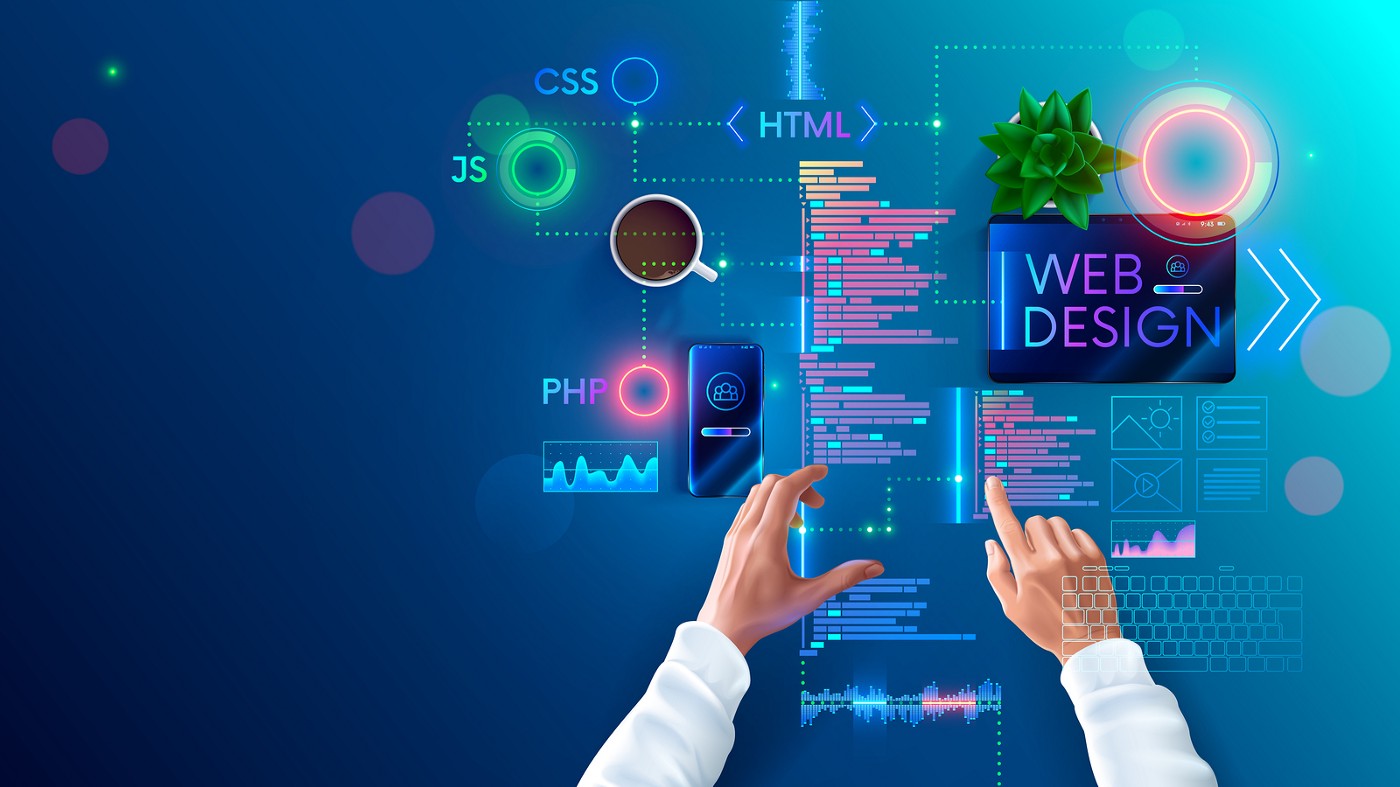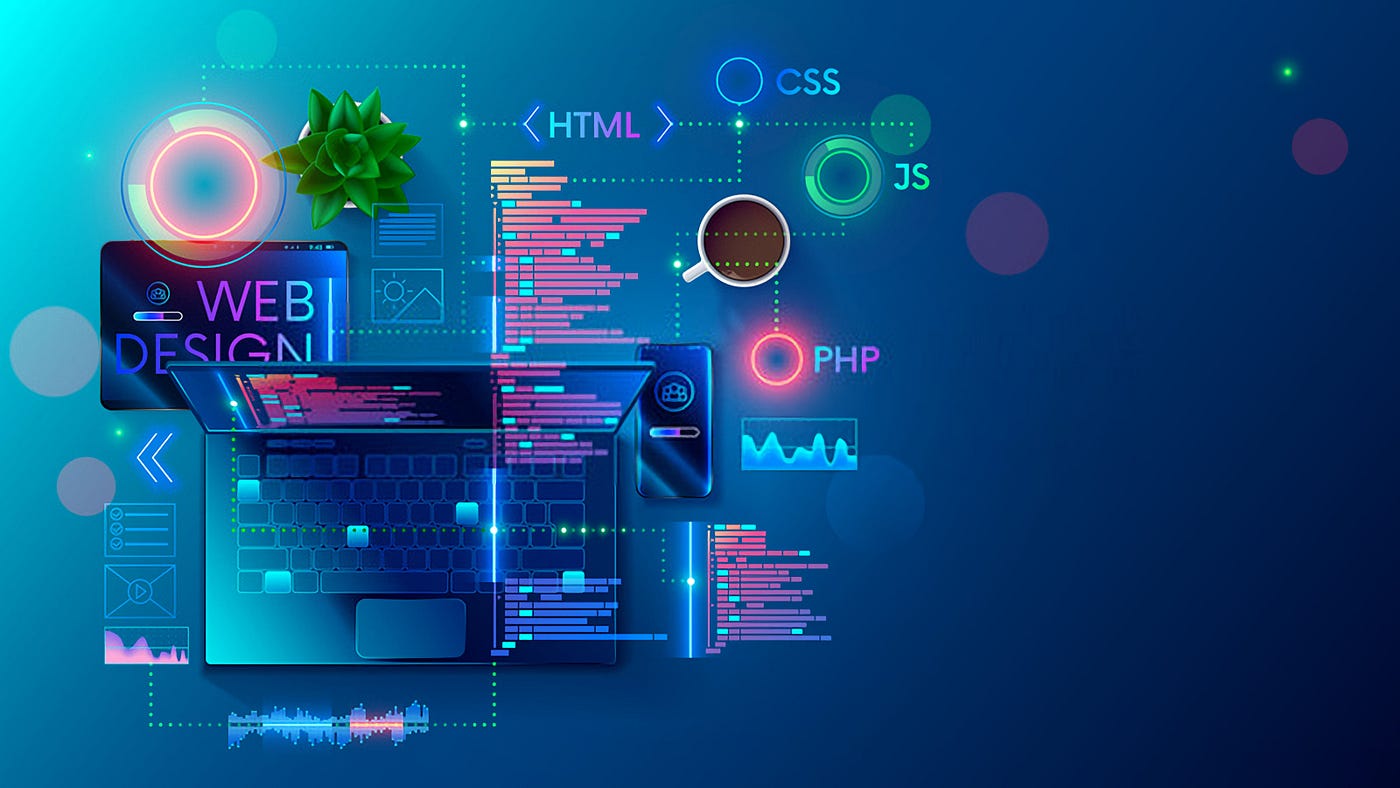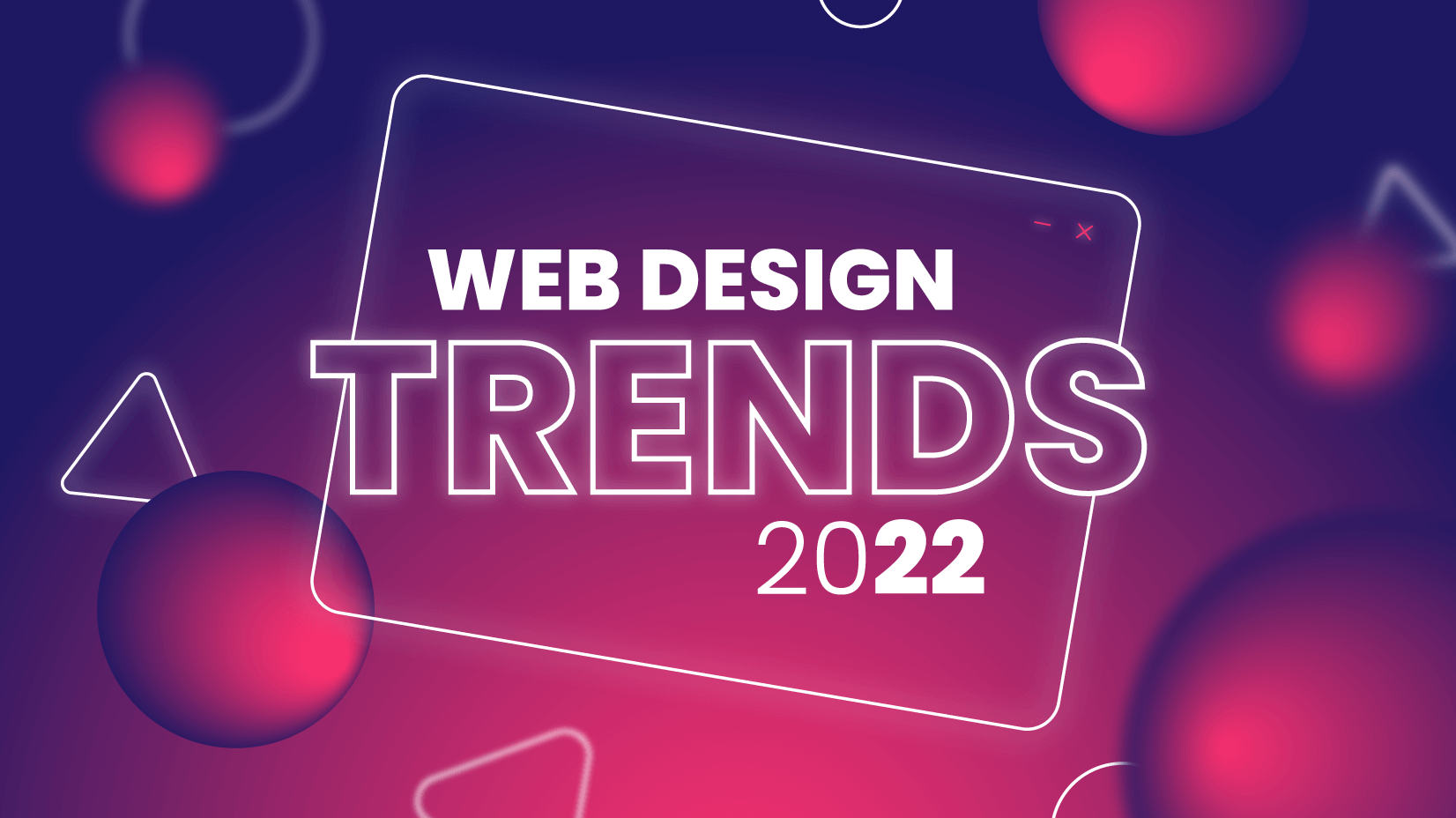All Categories
Featured
Table of Contents
- – Indianapolis Web Design And Digital Marketing ...
- – What Is Web Design (And How Do I Get It Right...
- – Website Design - Best Ecommerce Web Design By...
- – What Is A Web Designer? (2022 Guide) - Brains...
- – Mrw Web Design - Wordpress Websites For Nonpr...
- – Top Web Design Companies - Find Web Designers...
- – 34 Of The Best Website Designs To Inspire Yo...
- – Design Principles - U.s. Web Design System (...
- – Web Design Museum 1991 – 2006 Tips and Tricks:
- – Top Web Design Companies - Find Web Designer...
- – Learn Web Design With Online Courses, Classe...
Indianapolis Web Design And Digital Marketing Agency Tips and Tricks:
Quick summary Use and the energy, not the visual design, determine the success or failure of a site. Since the visitor of the page is the only person who clicks the mouse and for that reason decides everything, user-centric design has actually developed as a basic approach for successful and profit-oriented web style - web design frederick md.
and the utility, not the visual style, identify the success or failure of a site. Because the visitor of the page is the only person who clicks the mouse and therefore chooses whatever, user-centric style has actually become a standard approach for effective and profit-oriented website design. After all, if users can't use a feature, it may too not exist.
g. where the search box ought to be put) as it has currently been done in a number of articles; instead we concentrate on the approaches which, utilized effectively, can lead to more sophisticated design decisions and streamline the procedure of perceiving provided details. Please notice that you may be thinking about the usability-related posts we've published prior to: Principles Of Great Site Style And Effective Web Design Standards, In order to utilize the concepts properly we first require to understand how users connect with websites, how they believe and what are the fundamental patterns of users' behavior.
What Is Web Design (And How Do I Get It Right)? - 99designs Tips and Tricks:
Visitors glimpse at each new page, scan some of the text, and click on the very first link that captures their interest or slightly resembles the thing they're searching for. There are large parts of the page they do not even look at. The majority of users search for something intriguing (or useful) and clickable; as soon as some appealing candidates are found, users click.
If a page supplies users with premium content, they want to jeopardize the material with advertisements and the design of the website. This is the reason why not-that-well-designed websites with high-quality content acquire a lot of traffic over years. Content is more essential than the style which supports it.

Users don't read, they scan. Notice how "hot" locations abrupt in the middle of sentences. This is common for the scanning procedure. Really easy principle: If a site isn't able to satisfy users' expectations, then designer failed to get his task done properly and the business loses money. The greater is the cognitive load and the less intuitive is the navigation, the more prepared are users to leave the site and look for alternatives.
Website Design - Best Ecommerce Web Design By Shopify Tips and Tricks:
Neither do they scan web page in a linear fashion, going sequentially from one website area to another one. Instead users satisfice; they pick the first affordable choice. As soon as they discover a link that appears like it may result in the goal, there is a great chance that it will be immediately clicked.
It doesn't matter to us if we comprehend how things work, as long as we can use them. If your audience is going to imitate you're creating billboard, then style great billboards." Users wish to be able to control their web browser and rely on the constant information discussion throughout the website.
If the navigation and website architecture aren't instinctive, the variety of enigma grows and makes it harder for users to comprehend how the system works and how to get from point A to point B. A clear structure, moderate visual clues and easily identifiable links can help users to discover their path to their aim.
What Is A Web Designer? (2022 Guide) - Brainstation® Tips and Tricks:

Considering that users tend to check out sites according to the "F"-pattern, these 3 statements would be the first components users will see on the page once it is filled. The design itself is easy and instinctive, to understand what the page is about the user needs to search for the response.
As soon as you have actually accomplished this, you can communicate why the system is useful and how users can benefit from it. Do Not Waste Users' Patience, In every job when you are going to offer your visitors some service or tool, attempt to keep your user requirements minimal.
Novice visitors want to, not filling long web forms for an account they might never ever utilize in the future. Let users explore the website and discover your services without requiring them into sharing personal information. It's not sensible to require users to get in an email address to check the function.
Mrw Web Design - Wordpress Websites For Nonprofits ... Tips and Tricks:
Stikkit is a best example for an user-friendly service which needs practically absolutely nothing from the visitor which is inconspicuous and soothing. And that's what you want your users to feel on your web website. Apparently, Mite needs more. The registration can be done in less than 30 seconds as the form has horizontal orientation, the user doesn't even require to scroll the page.
A user registration alone is enough of an impediment to user navigation to cut down on incoming traffic. Handle To Focus Users' Attention, As sites provide both static and vibrant material, some elements of the user interface draw in attention more than others do.
Focusing users' attention to particular locations of the site with a moderate usage of visual elements can assist your visitors to get from point A to point B without thinking of how it really is expected to be done. The less enigma visitors have, the they have and the more trust they can establish towards the company the site represents.
Top Web Design Companies - Find Web Designers Here Tips and Tricks:
4. Strive For Feature Exposure, Modern website design are normally criticized due to their method of directing users with aesthetically appealing 1-2-3-done-steps, large buttons with visual impacts and so on. From the design viewpoint these aspects actually aren't a bad thing. On the contrary, such as they lead the visitors through the website content in an extremely simple and easy to use method.
The website has 9 main navigation alternatives which are noticeable at the very first glance. What matters is that the content is well-understood and visitors feel comfy with the method they communicate with the system.
Rather a rate: simply what visitors are looking for. An optimal service for efficient writing is touse short and concise phrases (come to the point as rapidly as possible), usage scannable design (classify the content, utilize several heading levels, utilize visual aspects and bulleted lists which break the flow of uniform text blocks), usage plain and unbiased language (a promotion doesn't need to sound like advertisement; offer your users some affordable and unbiased reason why they should utilize your service or remain on your site)6.
34 Of The Best Website Designs To Inspire You In 2022 Tips and Tricks:
Users are hardly ever on a site to delight in the style; moreover, in most cases they are searching for the details in spite of the style - web design frederick md. Pursue simpleness rather of complexity. From the visitors' viewpoint, the finest site design is a pure text, without any ads or additional material obstructs matching precisely the query visitors used or the material they have actually been searching for.
Finch plainly provides the information about the website and provides visitors a choice of options without overcrowding them with unneeded content. 7. Do not Hesitate Of The White Space, In fact it's actually difficult to overstate the significance of white area. Not only does it assist to for the visitors, but it makes it possible to view the information provided on the screen.
Complex structures are harder to check out, scan, examine and work with. If you have the choice between separating two design sectors by a visible line or by some whitespace, it's usually much better to utilize the whitespace solution. (Simon's Law): the much better you handle to provide users with a sense of visual hierarchy, the simpler your content will be to perceive.
Design Principles - U.s. Web Design System (Uswds) Tips and Tricks:
The same conventions and rules ought to be applied to all elements.: do the most with the least quantity of hints and visual elements. 4 significant indicate be thought about: simplicity, clarity, distinctiveness, and focus. Simplicity includes just the aspects that are crucial for interaction. Clarity: all parts should be developed so their significance is not uncertain.
Conventions Are Our Buddies, Conventional design of site aspects doesn't lead to an uninteresting web website. As they reduce the finding out curve, the requirement to figure out how things work. It would be an usability nightmare if all websites had different visual discussion of RSS-feeds. That's not that different from our regular life where we tend to get utilized to standard concepts of how we arrange information (folders) or do shopping (placement of items).
comprehend what they're getting out of a website navigation, text structure, search positioning etc. A case in point from functionality sessions is to equate the page in Japanese (assuming your web users don't understand Japanese, e. g. with Babelfish) and supply your functionality testers with a task to discover something in the page of different language.
Web Design Museum 1991 – 2006 Tips and Tricks:
Steve Krug recommends that it's better to, but take benefits of conventions when you don't. 10. Test Early, Test Frequently, This so-called TETO-principle should be used to every web design task as usability tests typically provide into considerable issues and issues connected to a given design. Test not too late, not too little and not for the wrong factors.
Some essential indicate keep in mind: according to Steve Krug, and testing one user early in the project is much better than testing 50 near the end. Accoring to Boehm's very first law, mistakes are most frequent during requirements and style activities and are the more expensive the later they are eliminated.
That means that you create something, test it, repair it and then evaluate it again. There might be issues which haven't been found during the very first round as users were almost obstructed by other issues.
Top Web Design Companies - Find Web Designers Here Tips and Tricks:

This holds for designers. After you have actually dealt with a site for few weeks, you can't observe it from a fresh viewpoint any longer. You understand how it is developed and therefore you understand precisely how it works you have the wisdom independent testers and visitors of your website wouldn't have.
It can be linked to other locations such as graphic style, user experience, and multimedia arts, however is more appropriately seen from a technological standpoint. It has ended up being a large part of individuals's daily lives. It is tough to imagine the Internet without animated graphics, various styles of typography, background, videos and music.

Throughout 1991 to 1993 the World Wide Web was born. Text-only pages could be viewed utilizing a basic line-mode web browser. In 1993 Marc Andreessen and Eric Bina, created the Mosaic web browser. At the time there were multiple web browsers, however most of them were Unix-based and naturally text heavy. There had actually been no integrated method to graphic design elements such as images or noises.
Learn Web Design With Online Courses, Classes, & Lessons Tips and Tricks:
The W3C was produced in October 1994 to "lead the Web to its complete capacity by developing common procedures that promote its evolution and ensure its interoperability." This dissuaded any one business from monopolizing a propriety browser and programming language, which might have altered the effect of the Internet as a whole.
As this has actually happened the innovation of the web has actually also carried on. There have likewise been significant changes in the method individuals utilize and access the web, and this has actually altered how sites are designed. Given that completion of the web browsers wars [] new browsers have actually been released. A number of these are open source suggesting that they tend to have much faster development and are more encouraging of brand-new requirements.
Learn more about Lovell Media Group LLC or TrainACETable of Contents
- – Indianapolis Web Design And Digital Marketing ...
- – What Is Web Design (And How Do I Get It Right...
- – Website Design - Best Ecommerce Web Design By...
- – What Is A Web Designer? (2022 Guide) - Brains...
- – Mrw Web Design - Wordpress Websites For Nonpr...
- – Top Web Design Companies - Find Web Designers...
- – 34 Of The Best Website Designs To Inspire Yo...
- – Design Principles - U.s. Web Design System (...
- – Web Design Museum 1991 – 2006 Tips and Tricks:
- – Top Web Design Companies - Find Web Designer...
- – Learn Web Design With Online Courses, Classe...
Latest Posts
Web Design Software:
Top Web Design Agencies Ranked - 2022 Reviews - Clutch.co Tips and Tricks:
Top Web Design Courses Online - Updated [April 2022] - Udemy Tips and Tricks:
More
Latest Posts
Web Design Software:
Top Web Design Agencies Ranked - 2022 Reviews - Clutch.co Tips and Tricks:
Top Web Design Courses Online - Updated [April 2022] - Udemy Tips and Tricks: